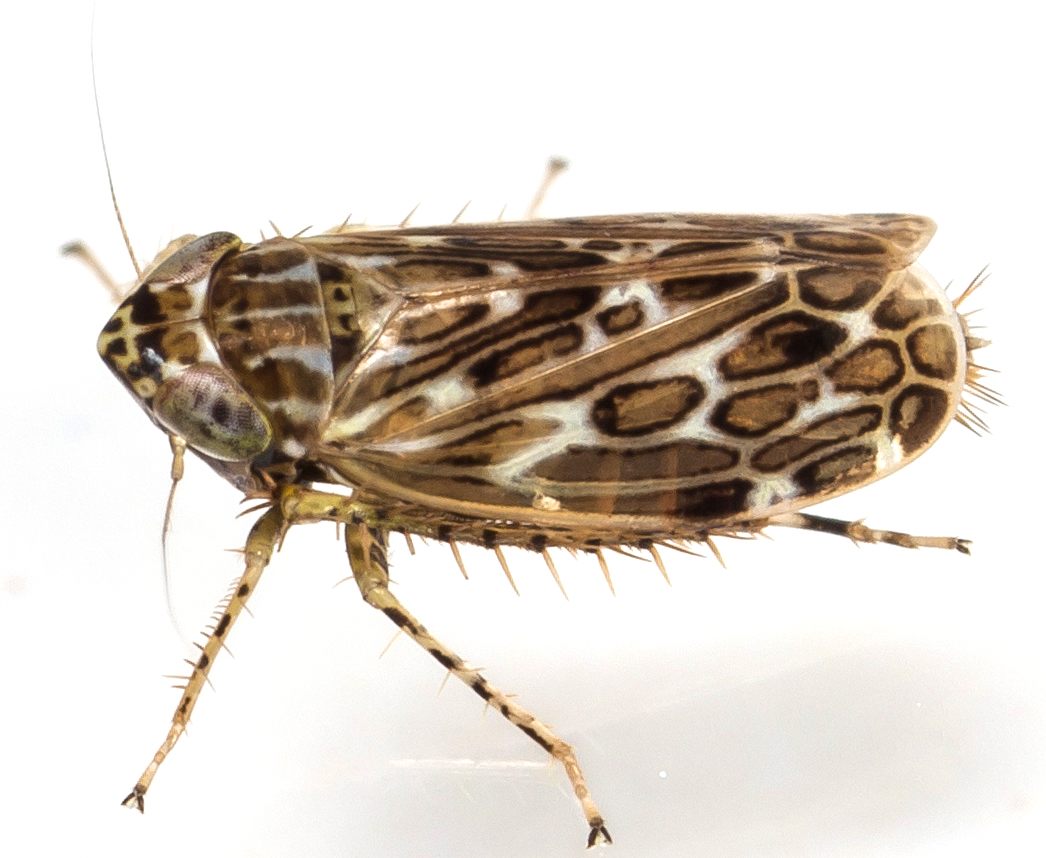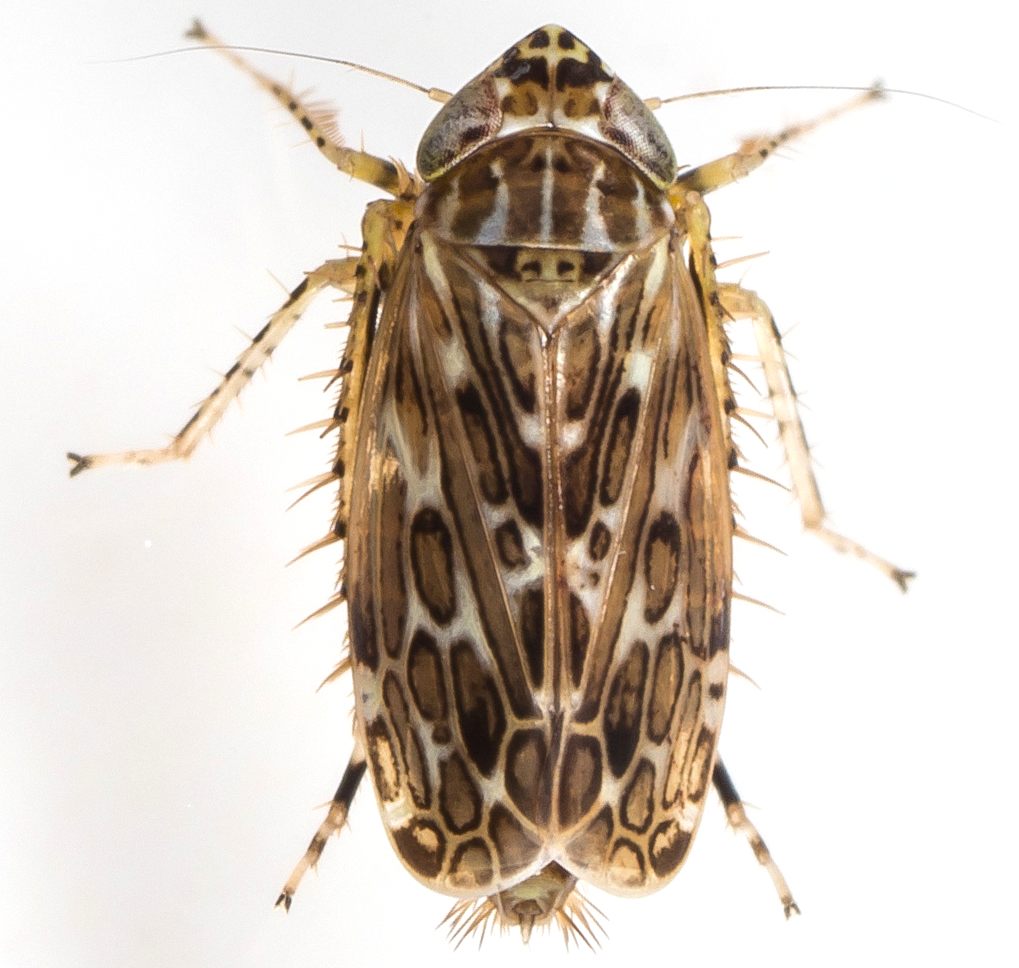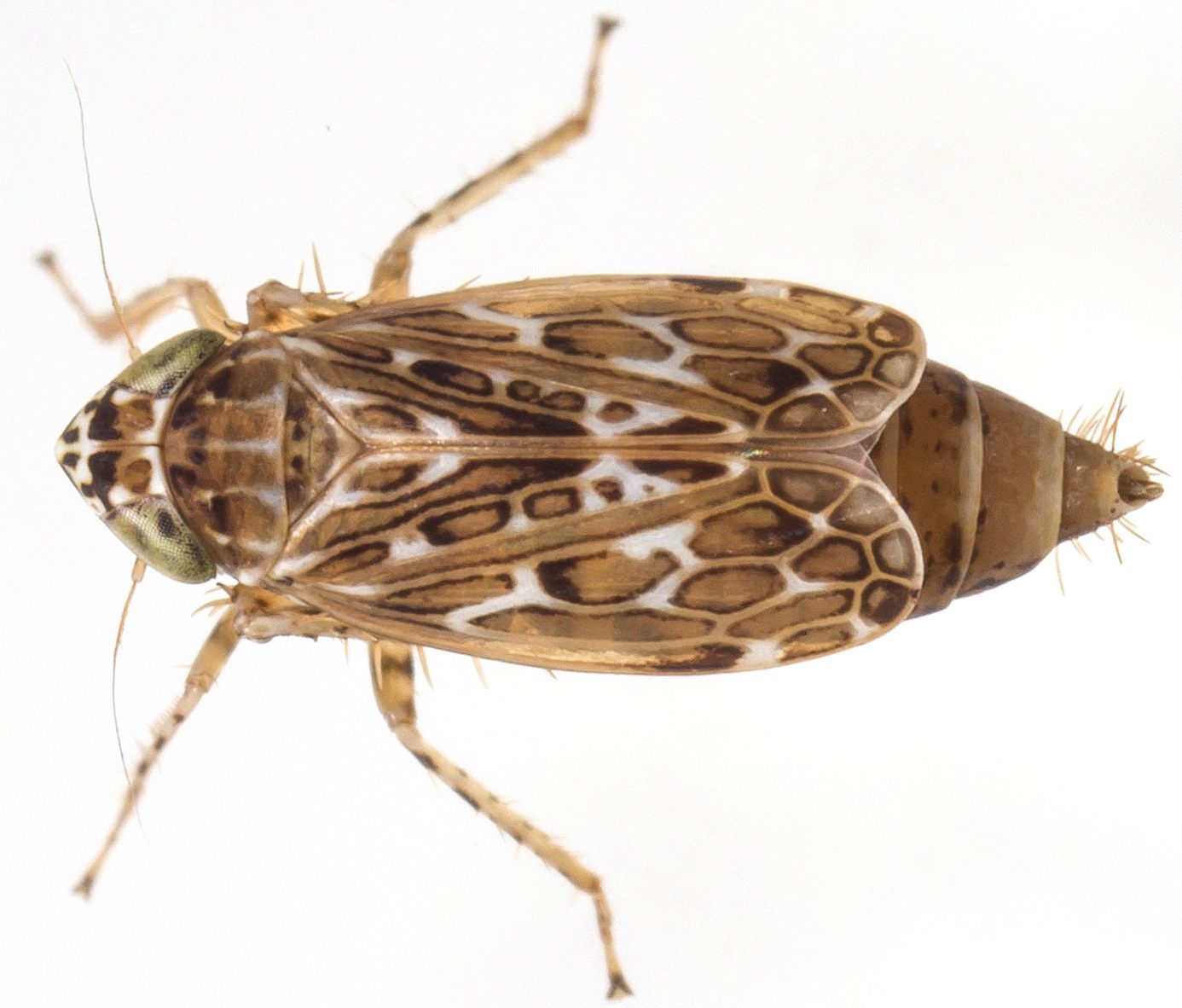Species Photo Gallery for Polyamia interrupta No Common Name 19 |
 | Photo by: Erich Hofmann
New Hanover Co.
Comment: |  | Photo by: Erich Hofmann
New Hanover Co.
Comment: |
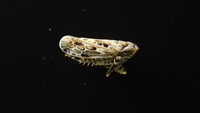 | Photo by: Erich Hofmann
New Hanover Co.
Comment: | 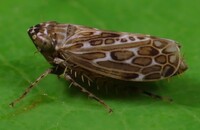 | Photo by: Rob Van Epps
Mecklenburg Co.
Comment: Caught sweeping in grassy field. |
 | Photo by: Rob Van Epps
Mecklenburg Co.
Comment: Caught sweeping in grassy field. |  | Photo by: Erich Hofmann
New Hanover Co.
Comment: |
 | Photo by: Erich Hofmann
New Hanover Co.
Comment: | 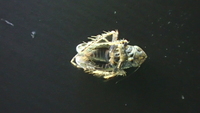 | Photo by: Erich Hofmann
New Hanover Co.
Comment: |
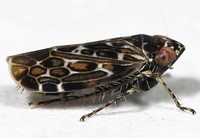 | Photo by: Rob Van Epps
Mecklenburg Co.
Comment: Attracted to UV light. Suburban yard near woods. | 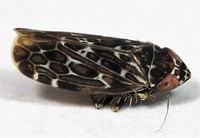 | Photo by: Rob Van Epps
Mecklenburg Co.
Comment: Attracted to UV light. Suburban yard near woods. |
 | Photo by: Mark Shields
Onslow Co.
Comment: | 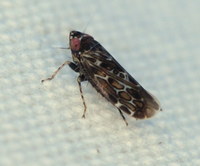 | Photo by: T. DeSantis
Durham Co.
Comment: ENRI |
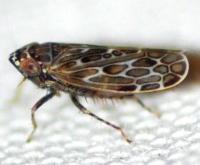 | Photo by: Kyle Kittelberger, Brian Bockhahn, Paul Scharf
Halifax Co.
Comment: grassy area and mixed hardwood forest edge | 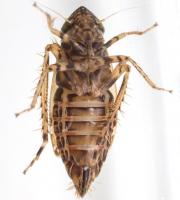 | Photo by: John Rosenfeld
Out Of State Co.
Comment: female |
 | Photo by: John Rosenfeld
Out Of State Co.
Comment: female | 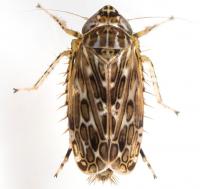 | Photo by: John Rosenfeld
Out Of State Co.
Comment: |
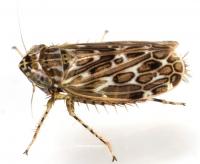 | Photo by: John Rosenfeld
Out Of State Co.
Comment: | 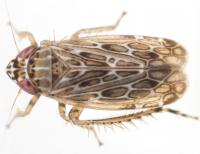 | Photo by: John Rosenfeld
Out Of State Co.
Comment: male |
 | Photo by: Paul Scharf
Warren Co.
Comment: Attracted to Light |

 »
»
